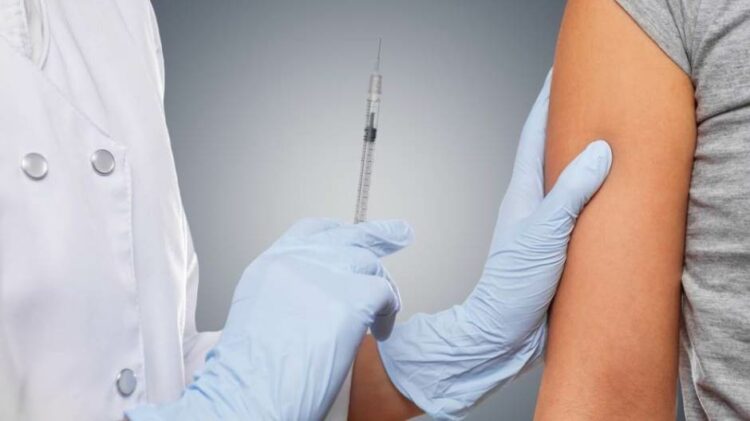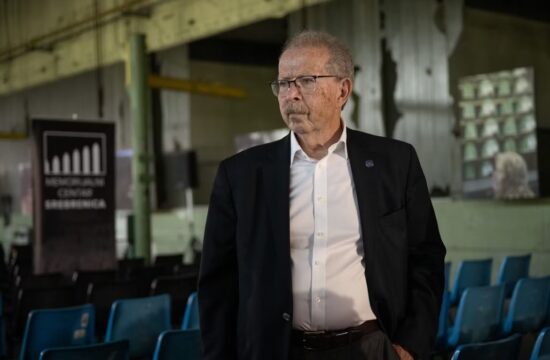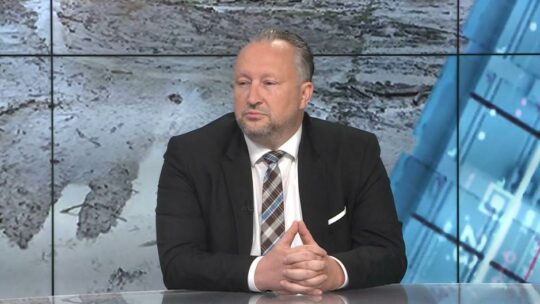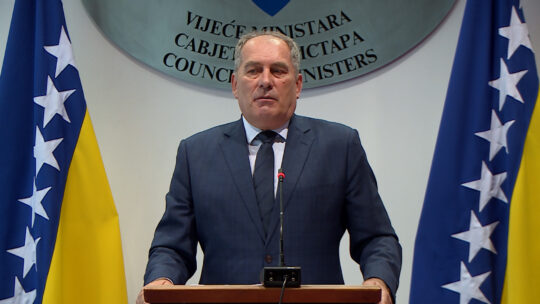
Dozens of research teams around the world are working to develop a vaccine for SARS-CoV-2, the virus that causes Covid-19, using a mix of established techniques and new technologies.
Funding for a vaccine has never been greater, with billions of dollars pouring in from around the world to make a product that could help to control the pandemic — but the US, China and Europe have invested the most.
Before even the most vulnerable groups can get a shot in the arm from their family doctor, however, a lot of work needs to be done — and a lot of deals need to be made.
As the coronavirus continues to accelerate unabated, here’s what it will take to bring a vaccine to the masses and how each of the three biggest players are faring in their quest to make it happen as quickly as possible.
Scientists are hoping to deliver a vaccine that protects against Covid-19, and its transmission, by early 2021. In order to do that, the development process has been rapidly accelerated.
A vaccine must go through multiple stages before being green lit for use. An initial research and development stage is followed by a series of pre-clinical and clinical trials (consisting of three phases), and typically each step can take two years or more to complete.
But in the race to stop the coronavirus, some of those steps are being combined, or skipped altogether, to speed up the process.
Stages of vaccine development
Pre-clinical: Before testing on humans, researchers usually give the vaccine to animals to assess safety and see if it triggers an immune response. But for some coronavirus vaccines, researchers have been able to speed up normal protocol by testing animals and humans in parallel.
Phase 1: In the first stage of clinical trials, the vaccine is given to a small group of people (usually between 10-50) to check it’s safe.
Phase 2: Then it's tested on several hundred people to further gauge safety, any potential side effects, the immune response and dosage. But a number of coronavirus vaccines are in simultaneous Phase 1/2 trials, which means they’re being tested for the first time on hundreds of people.
Phase 3: In the last stage, scientists give the vaccine to thousands of people across different ages and locations and see how many contract the virus, compared to those who received a placebo. This determines how good it is at reducing new infections — its efficacy.
Implementation: Regulators then review the trial results to decide whether to approve the vaccine for use, licensing and large-scale manufacturing. Many vaccines also undergo Phase 4 studies after they are approved and licensed.
There are currently 29 vaccines being tested in multiple human trials, running simultaneously around the world. Among these, six vaccines are being tested in seven Phase 3 trials.
Most of the candidates in human trials have either American, European or Chinese financial backing, and some experts believe it will be regulators in one of those places that will be the first to approve a safe and effective vaccine.
American biotechnology firm Moderna was the first in the world to kick off human trials on March 16, just two months after the genetic sequences for SARS-CoV-2 were identified.
Now there are six vaccines in the last stage of human trials (Phase 3) before they seek approval: Three from China, two developed by state-owned Sinopharm and one from private Chinese firm Sinovac Biotech; one from the United Kingdom, produced in partnership between the University of Oxford and AstraZeneca; and two from the US, one by pharmaceutical giant Pfizer, in addition to the candidate by Moderna.
To reach this late stage of trials just six months after discovery is remarkably fast — it would normally take at least six years, according to Professor Adrian Hill, director of the Jenner Institute at Oxford University.




